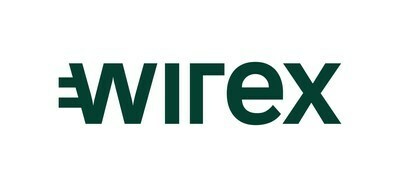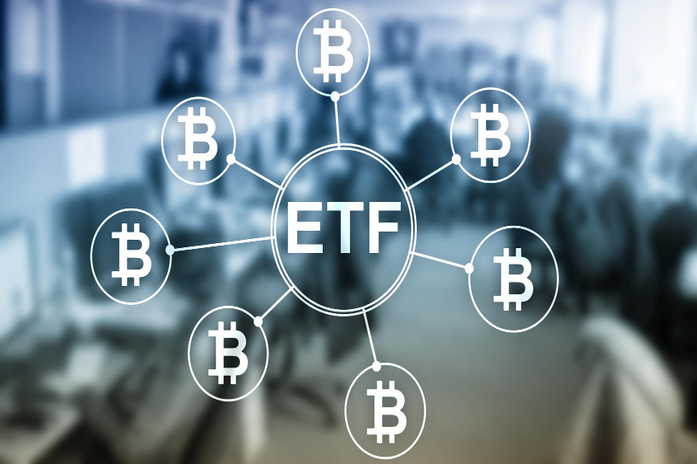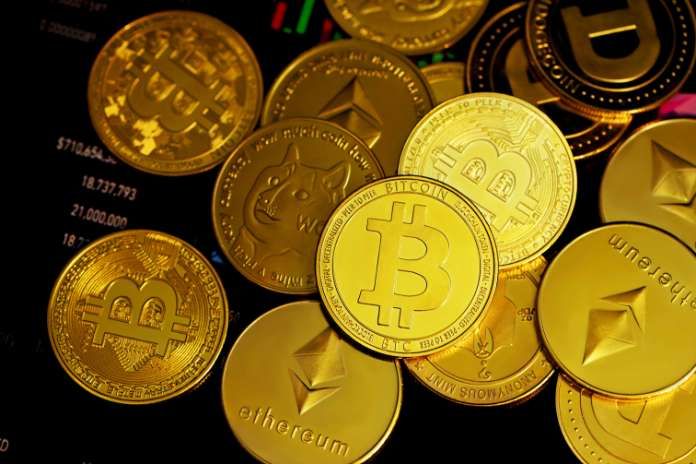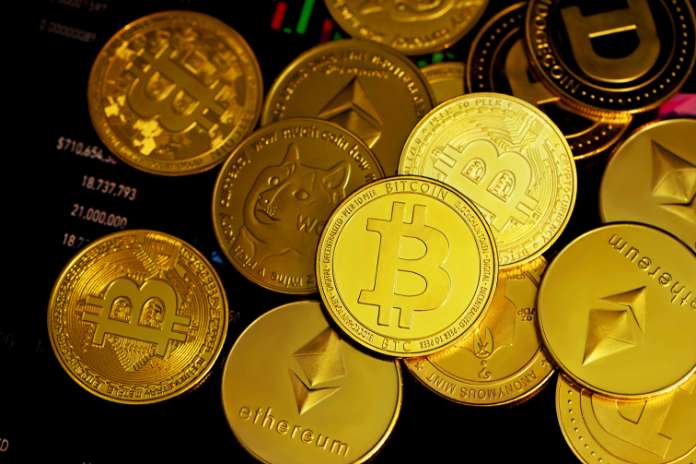Human Traders Take the Lead Over Bots in the Bybit Copy Trading Competition
DUBAI, UAE, Dec. 13, 2024 /CNW/ — Bybit, the world’s second-largest cryptocurrency exchange by trading volume, has officially kicked off Copy Trading Face-Off: Human vs. Bot Copy Trading competition this week With a 200,000 USDT prize pool available to squad leaders, followers, and voters, the competition offers exciting opportunities for a wide range of participants.
Four days in, the intense showdown between Human Squads and Bot Squads has driven the total trading volume over 1.3 billion USDT and growing. Over 1,100 traders have formed or joined a squad of their choice, with 63% of them opting for the human camp. Thousands more have cast votes in favor of manual versus automated trading, with over 76% of the voters believing the human traders will claim eventual victory over bots.
The heat is still on: the competition is still accepting new participants and will be concluding on Jan. 8, 2025. Upon reaching the targeted total trading volume, the 200,000 USDT prize pool will be fully unlocked:
- Grand Prize: 60% will go to the ultimate winning squad, which must reign over at least two of the three leaderboards: Master Traders’ PnL (%), Followers’ PnL (%), and Average Followers’ PnL (%).
- Rewards All Around: Non-winning squads that come in second will share 20% of the prize pool, ensuring their efforts are rewarded. Additionally, the top 100 traders by trading volume will split 30,000 USDT.
- Prediction Pool: 5% of the prize pool is allocated to 1,000 lucky voters.
Within each squad, Master Traders and Followers will share their winnings proportionally. Registration is required, and restrictions apply.
“We are thrilled to introduce an exciting twist to copy trading—our Human vs. BOT Copytrading Competition,” said Jerry Li, Head of Financial Products at Bybit. “This innovative campaign brings together the best of both worlds, pitting skilled human traders against cutting-edge trading bots. With two dynamic squads, the Human Squad, led by seasoned traders, and the BOT Squad, driven by advanced AI algorithms, users can choose their preferred side and join the action. This competition showcases our commitment to empowering traders with diverse tools while fostering an engaging and competitive environment. It’s not just trading; it’s the future of trading. Let the ultimate challenge begin!”
Bybit Copy Trading provides a dynamic and practical solution for users to enhance their trading strategies while drawing inspiration from others. With just a few clicks, users can follow the trading styles of their preferred trading professionals.
For more information on the competition and terms and conditions, users may visit: Copy Trading Face-Off: Human vs. Bot.
#Bybit / #TheCryptoArk
Bybit is the world’s second-largest cryptocurrency exchange by trading volume, serving over 50 million users. Established in 2018, Bybit provides a professional platform where crypto investors and traders can find an ultra-fast matching engine, 24/7 customer service, and multilingual community support. Bybit is a proud partner of Formula One’s reigning Constructors’ and Drivers’ champions: the Oracle Red Bull Racing team.
For more details about Bybit, please visit Bybit Press
For media inquiries, please contact: media@bybit.com
For more information, please visit: https://www.bybit.com
For updates, please follow: Bybit’s Communities and Social Media
Discord | Facebook | Instagram | LinkedIn | Reddit | Telegram | TikTok | X | Youtube
![]() View original content to download multimedia:https://www.prnewswire.com/news-releases/human-traders-take-the-lead-over-bots-in-the-bybit-copy-trading-competition-302331356.html
View original content to download multimedia:https://www.prnewswire.com/news-releases/human-traders-take-the-lead-over-bots-in-the-bybit-copy-trading-competition-302331356.html
SOURCE Bybit

Featured Image: Unplash @ fabioha










